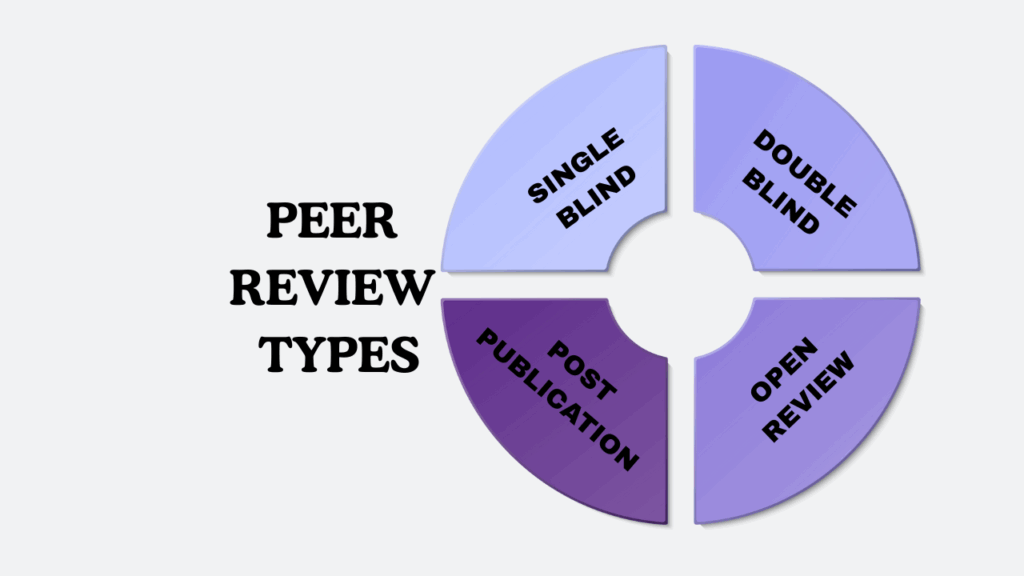Peer review made easier: PubSURE at a glance

The academic publishing industry has been witnessing significant changes over the past two decades, with burgeoning numbers of submitted articles and multiple technological developments. But the process of getting published in top peer-reviewed journals has remained largely unchanged. An author submits their manuscript to a journal, editorial staff assess it, possibly desk-reject it, and if not, it enters the peer review process – which can take weeks, months, or in extreme cases, years before sufficient evidence is gathered for the editor to make an accept/revise/reject decision. And if it’s a reject, the whole process starts again from scratch for another journal.
Surely we can do better than that in 2019? Surely the process of communicating the results of research shouldn’t take as much time as it does now and shouldn’t cause as much stress to authors, peer reviewers, and journals alike.
The explosion in the academic researcher’s use of preprint servers suggests they are ready for a change too, even as journals in many fields continue to offer the de facto stamp of quality for research reporting. So, the idea of bringing together preprints, authors, and editors on a single platform led to the concept of PubSURE.
PubSURE is a platform comprising two components: an automated system that assesses and documents a manuscript’s submission readiness in what is called a PubSURE Report, and an article marketplace called PubSURE Connect. PubSURE Report serves as a proxy for reporting manuscript hygiene in terms of readability, compliance, and completeness, among other key editorial criteria. PubSURE Connect is a platform for authors to showcase their unpublished manuscripts to editors of select journals. Journal editors on PubSURE Connect invite authors to submit their manuscripts to their journals by expressing their interest on the platform. Thus, the clear benefit for authors is that instead of waiting to hear from one journal at a time, they know up front which journals will be definitely interested in their manuscript; they can then submit their manuscript to the journal they prefer. Authors wrest control over the choice of their publication home without having to do the journal runaround, and journals too, for the first time, have a say over what merits their consideration and where to invest the best of their peer reviewers’ effort.
This last point is important because peer review continues to serve as an important gatekeeper of research quality, and peer reviewers shoulder this major burden as a voluntary task. According to a 2015 survey conducted by the Publishing Research Consortium, peer reviewers spend a median 5 hours on each review, which amounts to millions of hours of time spent reviewing every year (3 million articles are published each year). While several factors influence the time spent, an important one may be what journals expect from peer reviewers. Journals that are well staffed and have adequate resources carry out several pre-review screening tasks that help reviewers focus better on article content. Others require reviewers to comment on whether manuscripts adhere to journal requirements and are well written, to check for plagiarism, etc., which increases review workload.
The number of experts needed for peer-reviewing articles often exceeds the number available for each discipline, and the countries supplying the majority of reviews are not the same as those supplying the majority of articles. This shows that the review burden is not shared uniformly among peers. Increasing numbers of review requests sent to a limited pool of reviewers, therefore, slow publication down and cause reviewer fatigue. By using PubSURE Connect, journals can minimize the amount of effort that their reviewers have to spend on certain manuscript-evaluation tasks, thus freeing up reviewer time and, in turn, potentially increasing the rates of acceptance of review invitations.
Another benefit for editors is that they get to see the best and most submission-ready manuscripts first and have a firmer hand on the editorial wheel – selecting articles to cover emerging topics or new areas for the journal. Further, since they are shown only suitable and almost ready-to-review manuscripts, they can use the time they save on their editorial screening processes to ensure high-quality peer review—by identifying/recruiting peer reviewers with the right expertise and providing them sufficient guidelines, support, and feedback. This may be especially true for resource-constrained journals or journals with a narrow or highly specialized scope.
Peer review is currently a major bottleneck in the publishing process, and PubSURE can ease some of the pressure on both editors and peer reviewers by ensuring that they have access to manuscripts that are most relevant and submission-ready.
Want to know if your paper is ready for peer review? Get your manuscript evaluated by expert reviewers using our Pre-Submission Peer Review Service.




